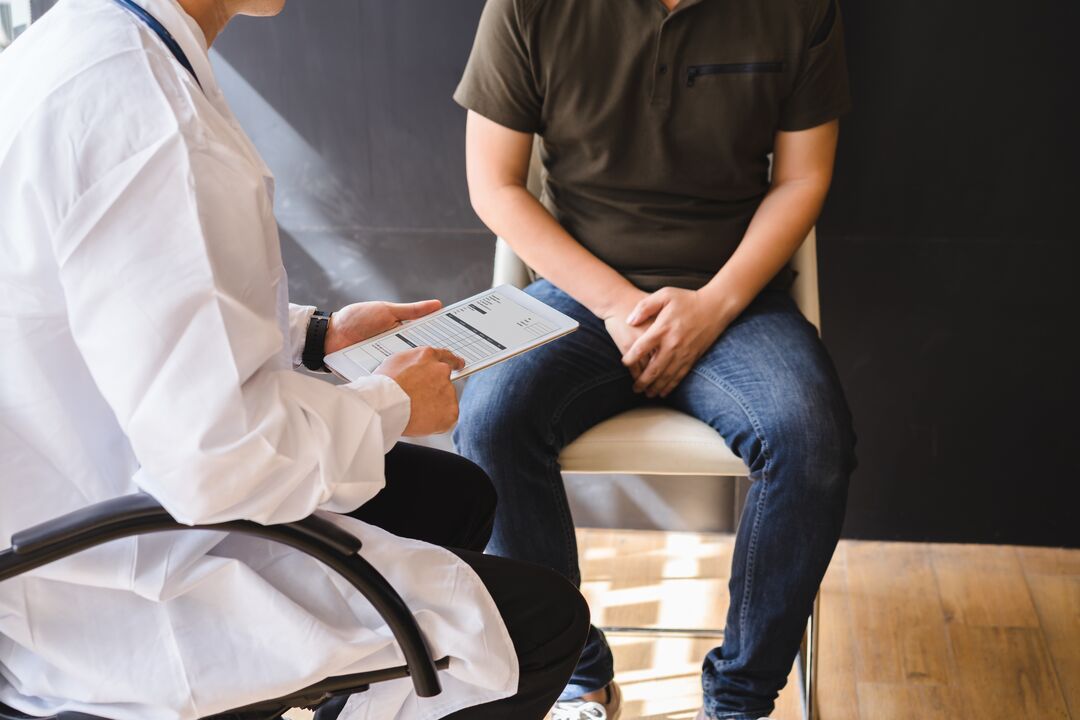
Presence and localization of pain
- In acute prostatitis or exacerbation of a chronic disease, pain usually develops within a few hours. Most commonly, it is located in the perineum and can radiate to the glans penis, suprapubic area, anus, or lower back. The acute process causes severe pain that becomes more severe after urination or ejaculation. Urination can also be painful.
- With chronic prostatitis, soreness is often present, especially in the morning or aggravated by sitting for long periods of time.
- Patients with prostate abscess or advanced acute prostatitis experience the most intense sensations. The pain is very severe, throbbing or stinging, and is sometimes accompanied by heat or fever. This situation requires immediate medical attention.






















